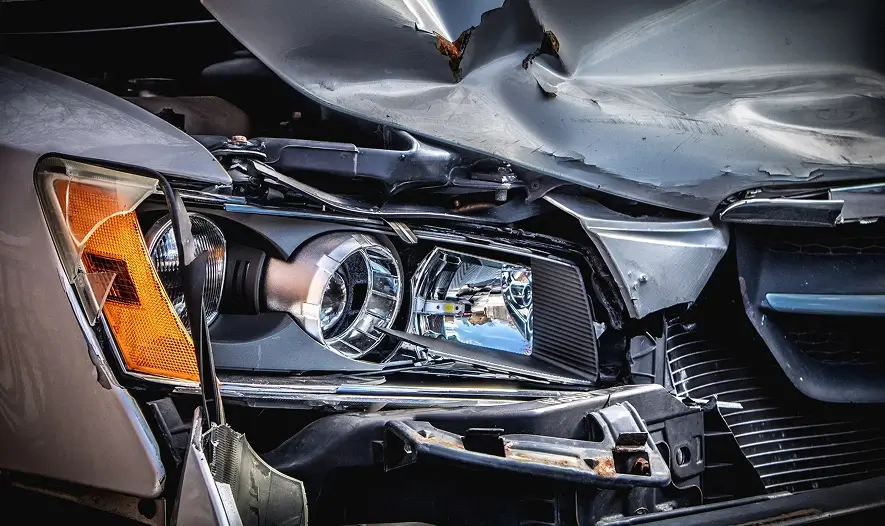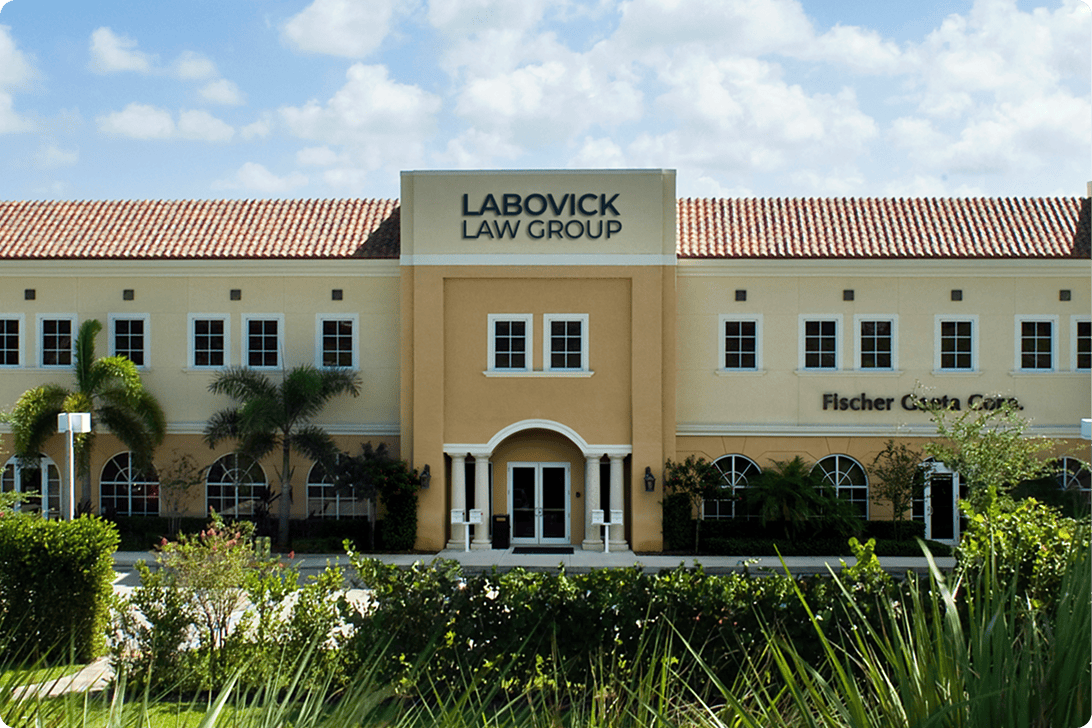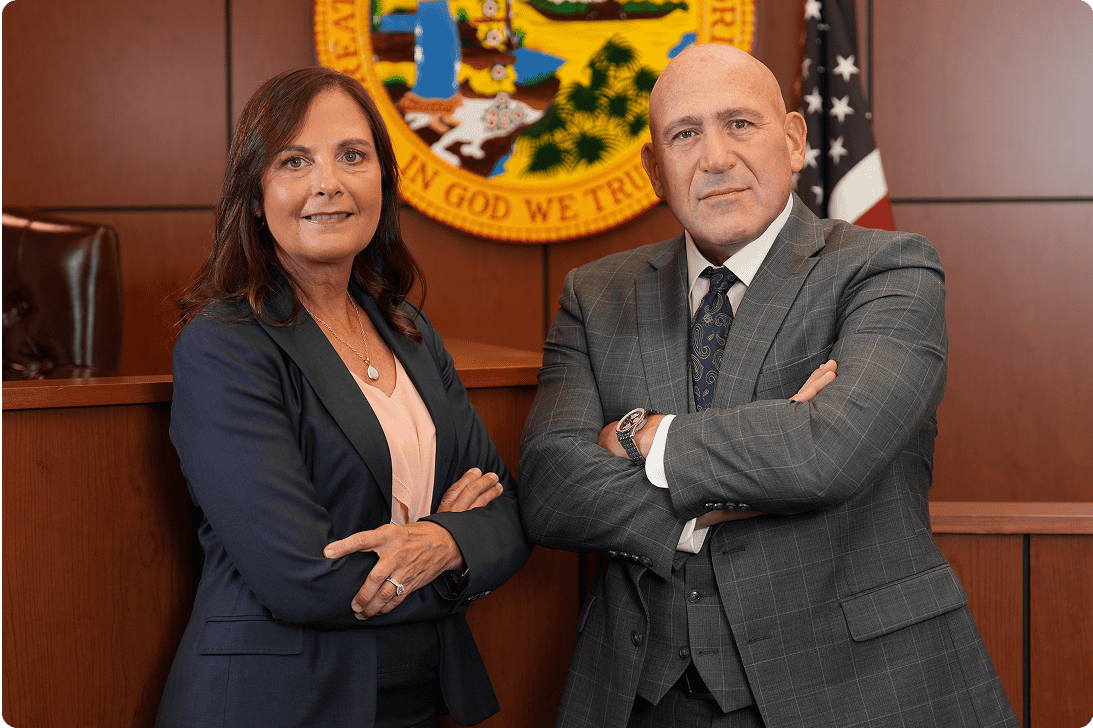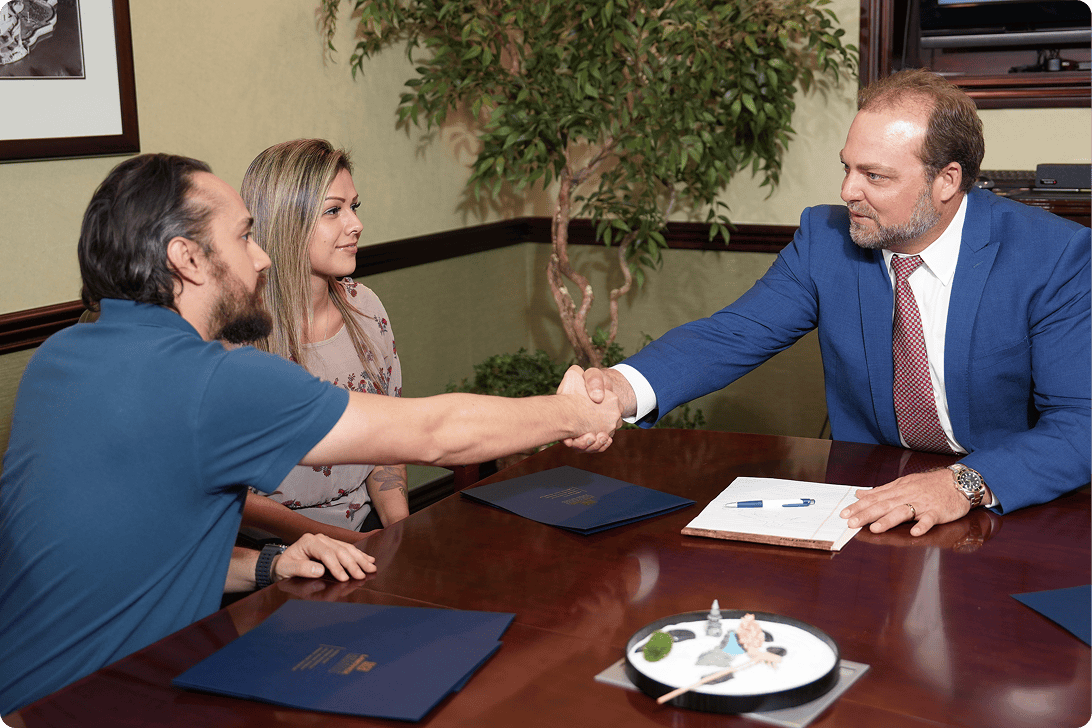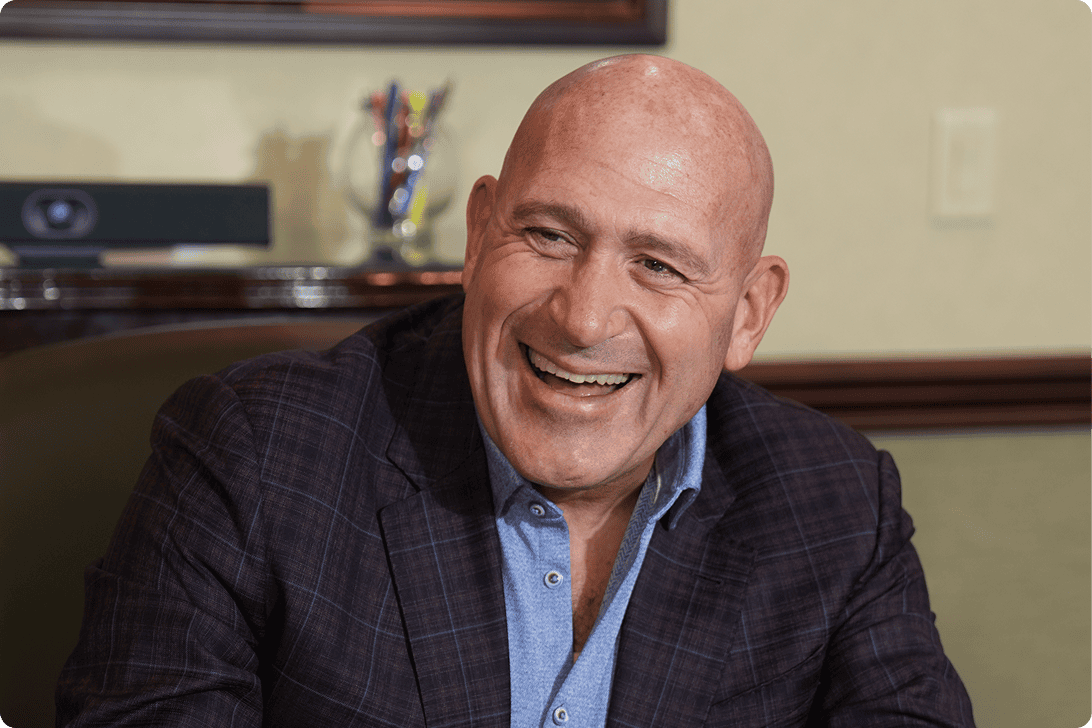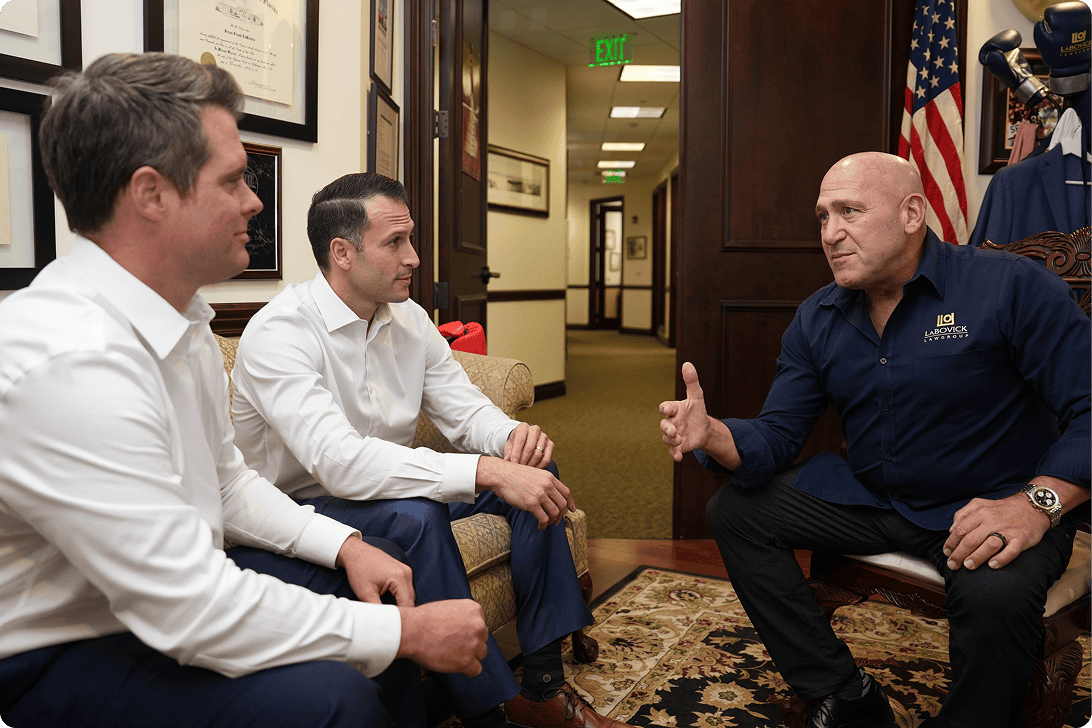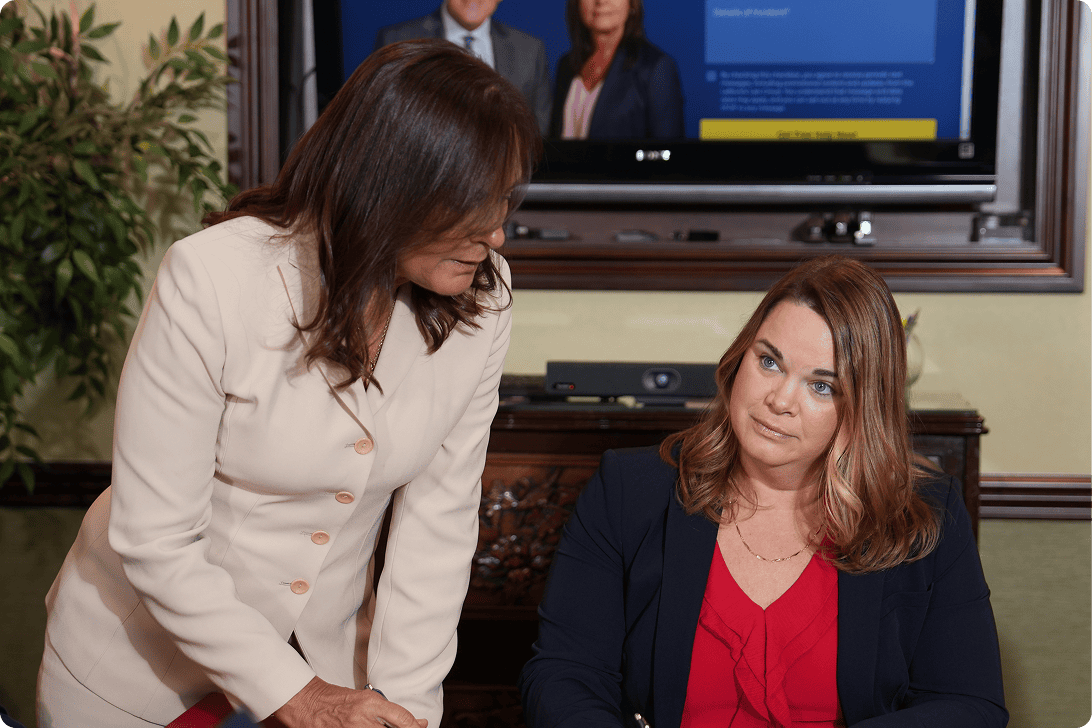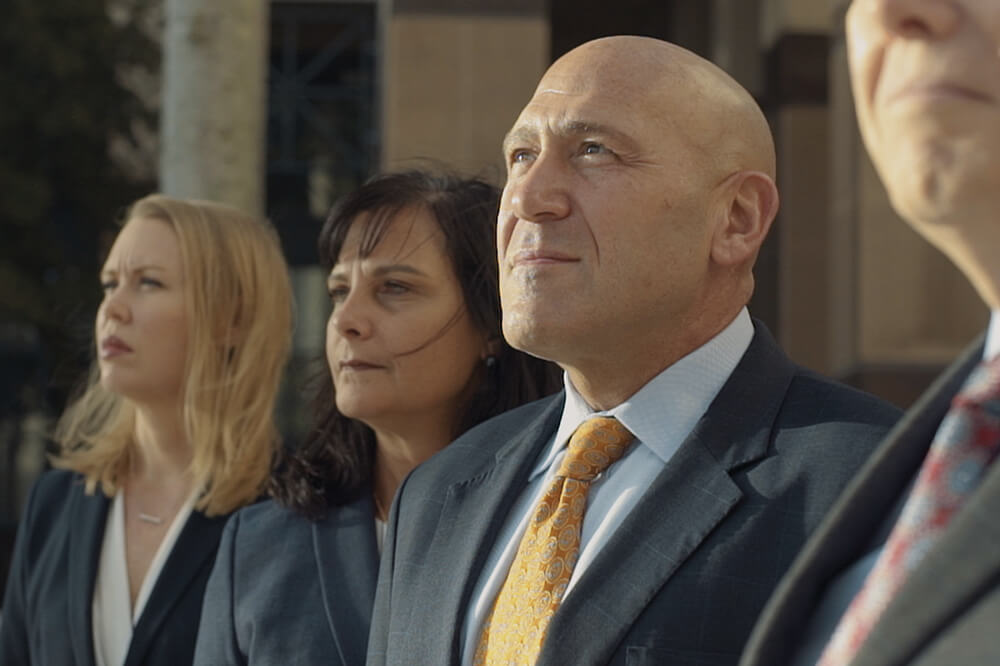Understanding Bicycle Accidents
Navigating the streets of Miami on a bicycle can be an exhilarating experience, but it’s essential to be aware of the potential risks involved.
Common Causes of Bicycle Accidents in Miami
Miami’s busy streets can present a myriad of challenges for cyclists. The most common causes of bike accidents include:
- Negligent Drivers: These drivers fail to notice cyclists or do not respect their rights to share the road, leading to collisions.
- Road Conditions: Potholes, debris, or poorly designed cycling lanes can contribute to accidents.
- Cyclist Errors: Sometimes, accidents occur due to cyclists not following traffic rules or failing to use safety gear correctly.
The Aftermath of a Bicycle Accident
A bicycle accident’s aftermath can vary widely, depending on its severity. Here’s what might happen:
- Physical Impact: Injuries can range from minor cuts and bruises to severe conditions like broken bones or head trauma.
- Emotional Trauma: Accidents can result in emotional distress, affecting a person’s overall well-being.
- Financial Costs: These may include hospital bills, medication costs, bicycle repair or replacement expenses, and lost wages if the accident leads to an inability to work.
Legal and Insurance Implications
Accidents also have legal and insurance implications, including:
- Insurance Claims: You’ll likely need to deal with insurance companies, either your own or the at-fault party’s. While insurance can cover some costs, it often doesn’t fully cover all incurred expenses.
- Determining Liability: The process of proving who is at fault in a bike accident can be complex.
- Legal Action: In some cases, you may need to pursue a legal course of action to seek fair compensation.
What Are Your Rights as a Cyclist?
Understanding your rights as a cyclist is key to safer cycling experiences. It’s even more important in places with high cycling activity like Miami.
Rights of a Cyclist in Miami
In Miami, as well as throughout the state of Florida, cyclists are recognized by law as vehicle drivers. What does this mean for you? Let’s simplify:
- Equal Rights and Responsibilities: As a cyclist, you enjoy the same rights as any other vehicle driver on the road, but you are also expected to obey the same traffic rules.
- Sharing Lanes: You are allowed to ride alongside another cyclist in the same lane.
- Hand Signals: Whether you’re making a right or left turn, you can use either arm to signal your intentions to other road users.
- Claiming a Lane: If safety necessitates it, you have the right to occupy a full lane.
Florida Laws Related to Bicycle Accidents
Florida laws include several requirements specifically for cyclists:
- Fixed Seat: All bicycles should have a fixed, regular seat for riding.
- Helmets for Minors: If you’re under 16, you’re required to wear a helmet when cycling.
- Night Riding Requirements: Bicycles must be equipped with a lamp visible from 500 feet away when ridden between sunset and sunrise.
Being aware of these laws is essential. Compliance with them can significantly impact the outcome of any legal proceedings following an accident.
Dealing with Insurance Companies: Knowing Your Entitlements
Insurance matters can be overwhelming, especially after an accident. Here are the basics you should know:
- Your Auto Insurance: Even though the accident involved a bicycle, your auto insurance might cover your medical bills, thanks to the Personal Injury Protection (PIP) coverage.
- Motorist’s Insurance: If the accident was the motorist’s fault and they have Bodily Injury Liability (BIL) coverage, you may be entitled to compensation for pain, suffering, and lost income.
- Uninsured Motorist: If the at-fault motorist is uninsured or underinsured, and you have Uninsured Motorist (UM) coverage, you can use this to cover your costs.
What to Do After a Bicycle Accident?
Bicycle accidents can be disorienting and frightening. Despite the shock, it’s crucial to follow a series of steps to ensure your safety and secure any necessary legal and insurance remedies. Here’s a simple, step-by-step guide on what to do if you’re involved in a bicycle accident in Miami.
Step 1: Prioritize Your Safety
First and foremost, check yourself for any immediate injuries. If possible, move out of the road to a safe location to prevent further harm.
Step 2: Call for Help
Call 911, especially if there are any serious injuries. Even if you feel fine, it’s recommended to have a medical evaluation as some injuries may not be immediately apparent.
Step 3: Report the Accident
Ensure you report the accident to the police. This official report can be crucial when dealing with insurance companies or if any legal issues arise.
Step 4: Gather Information
Collect as much information as you can from the scene. This includes:
- The other party’s name, contact details, and insurance information
- Contact details of any witnesses
- Photos of the accident scene, your bicycle, and any visible injuries
Step 5: Don’t Negotiate on the Spot
You might be tempted to settle the matter directly with the other party involved, but it’s generally not advisable. It’s important to fully understand the implications of the accident, including any potential injuries and damage.
Step 6: Inform Your Insurance Company
Report the accident to your insurance company. Provide only the necessary information and avoid making any statements that could be used against you.
Step 7: Keep a Record
Maintain a record of any medical treatment and costs, repairs to your bike, and any other accident-related expenses. These documents can be useful if you decide to pursue a claim.
Step 8: Contact a Bicycle Accident Attorney in Miami
Contacting a Miami bike accident attorney can be helpful, even if you’re unsure about pursuing a case. They can guide you through your rights, any potential claims, and dealings with insurance companies.
